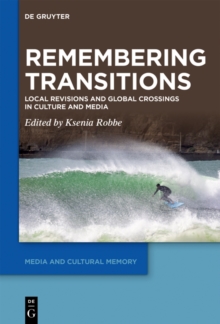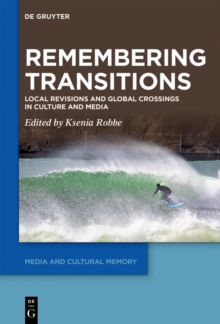
Miniature Monuments : Modeling German History Paperback / softback
by Helmut Puff
Part of the Media and Cultural Memory series
Paperback / softback
Description
Miniature Monuments: Modeling German History offers a series of essays on small-scale models of bombed out cities.
Created between 1946 and the present, these plastic renderings of places provide eerie glimpses of destruction and devastation resulting of the air war.
This study thus permits fresh angles on post-war responses to the compounded losses of WW II, and it does so through considering these “miniature monuments?” (of, among others, Frankfurt, Munich, Schwetzingen, Heilbronn and Hiroshima) in a deep cultural history that interlaces the sixteenth, eighteenth, and twentieth centuries. Three-dimensional renderings in diminutive size have rarely been subjected to rigorous theoretical reflection.
Conventionally, models, whether of ruins or intact spaces, have been assumed to be “easily legible”; that is, they have been assumed to be vehicles of the authentic.
Yet rubble and other models should be theorized as complex simulacra of abstract realities and catalysts of memories.
Miniature Monuments thus tackles a haunting paradox: building ruins.
The book elucidates how utterly contingent processes of crumbling and collapse (the English words for the Latin ruina) came to command such great interest in modern Europe that tremendous efforts were taken to uncover, render, and, most of all, recreate ruins.
Information
-
Out of stock
- Format:Paperback / softback
- Pages:310 pages
- Publisher:De Gruyter
- Publication Date:26/06/2017
- Category:
- ISBN:9783110553017
Other Formats
- Hardback from £92.00
- PDF from £72.75
- EPUB from £72.75
Information
-
Out of stock
- Format:Paperback / softback
- Pages:310 pages
- Publisher:De Gruyter
- Publication Date:26/06/2017
- Category:
- ISBN:9783110553017










